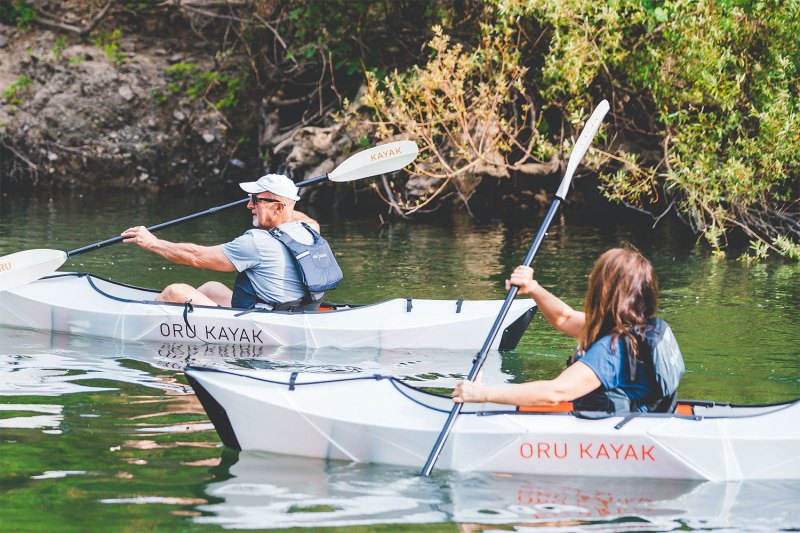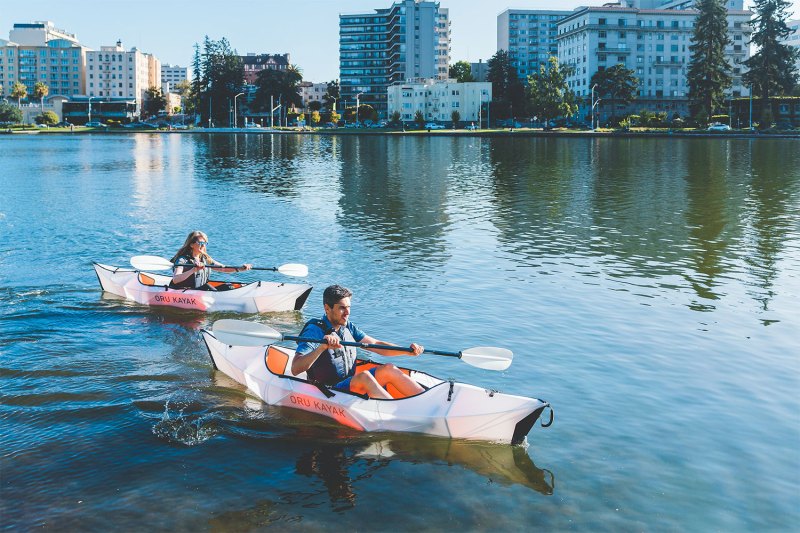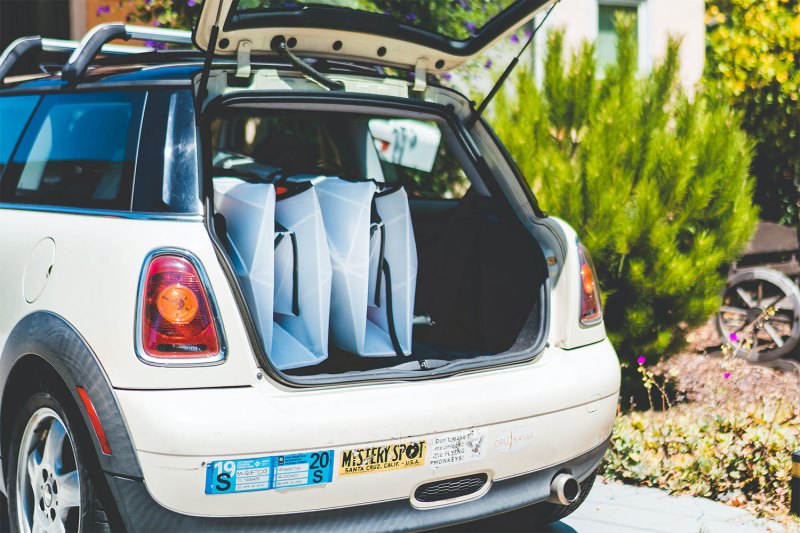Most avid outdoorsmen would agree that kayaking is awesome. Storing and transporting all the necessary gear isn’t. Finding a closet or crawlspace to hide a 12-foot or longer watercraft is frustrating, particularly for anyone living in an apartment. Using classic origami techniques, Oru Kayak resolved those problems and built the world’s most portable kayak in the process.
Building on more than seven years of experience with folding watercraft, Oru Kayak has just announced their boldest product to date. The Inlet is the company’s most lightweight, compact, and versatile kayak ever. The 10-foot by 30-inch kayak boasts an all-new design that folds into an oversized backpack with a 40-inch by 19-inch by 10-inch footprint. At just 20 pounds, it’s easy to carry on foot or even on a bike. The brand also eliminated most of the loose parts required by its predecessors. This move streamlines the setup time to less than three minutes — nearly 75% quicker than previous models. The company also promises the shell is just as durable as most hard-shell kayaks, and that it’ll survive more than 20,000 fold cycles.

The Inlet slots neatly at the base of Oru’s five-craft lineup. The entry-level watercraft is designed for impromptu trips to anywhere with relatively flat, calm waters. For more aggressive outings where an open cockpit design is still preferable, Oru offers the Beach LT and tandem Haven models. Kayakers looking for serious paddling can upgrade to the closed-cockpit designs of the Bay ST and 16-foot Coast XT.

The Inlet isn’t a world-first attempt at solving the portability problem for kayaks. But, for our money, it certainly seems like the best. Hardshell designs hold up well and require no assembly, but transporting them requires a roof rack. Inflatable models are ultra-portable, but often at the cost of durability and the need for a separate air pump. Skin-on-frame kayaks are the best alternative, but they’re pricey, and setup typically takes 30 minutes or more.




